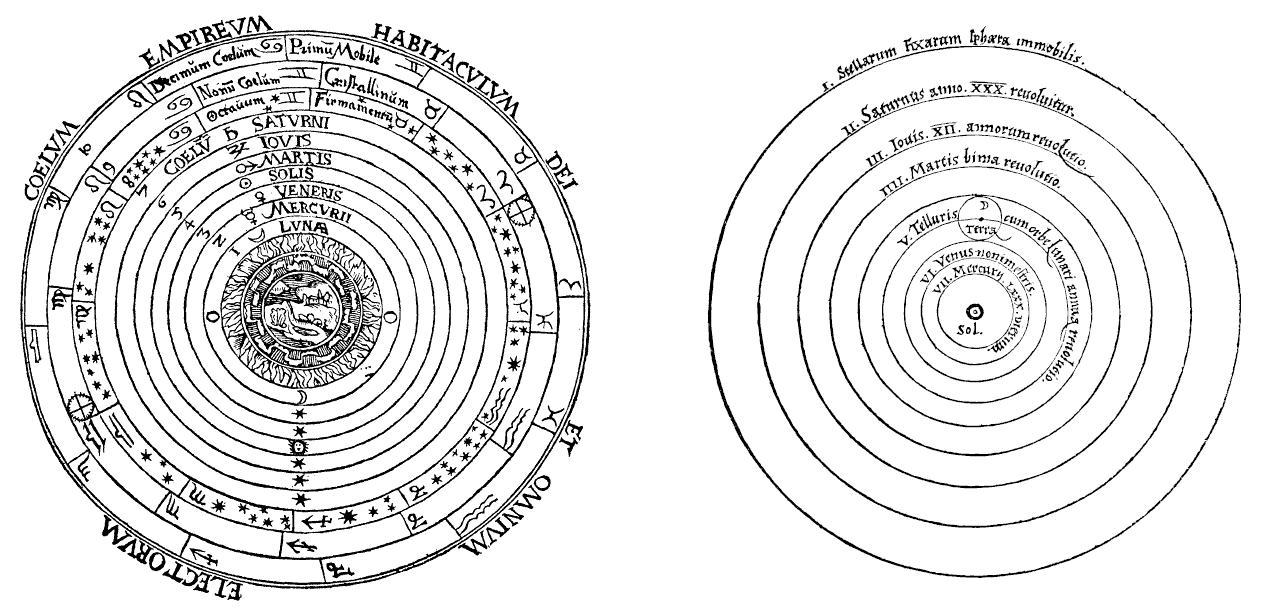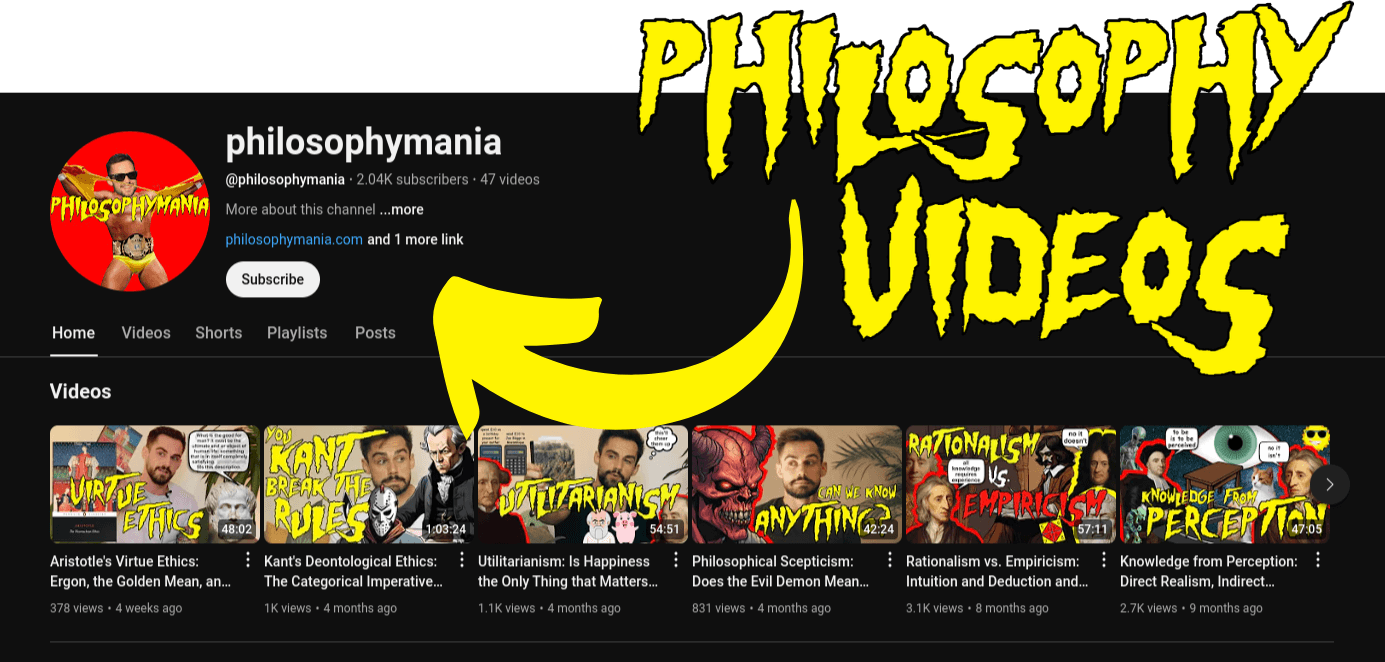Science is often seen as a linear process of steadily accumulating knowledge over time. We might imagine that science progresses one step at a time – that scientists test their theories, discard the false ones, and that each step is one step closer to the truth.
But Thomas Kuhn challenges this view in his influential book The Structure of Scientific Revolutions (1962). He argues that science does not progress in this smooth, linear fashion but instead undergoes radical overhauls called paradigm shifts.
Kuhn’s ideas have had a profound impact on our understanding of scientific progress and remain widely discussed today. In this post we’ll look at the stages of scientific revolution, some examples of paradigm shifts from history, and see how radical new ideas have characterised scientific progress over the centuries.
1. Normal Science and Paradigms
According to Kuhn, most of the time, science operates within a paradigm. A paradigm is a framework that scientists use to understand and investigate the world. It includes:
- Accepted theories
- Standard methods and techniques
- Assumptions about how the world works
During this period of normal science, scientists are not questioning the paradigm itself. Instead, they are solving smaller problems within it – what Kuhn calls puzzle-solving. Scientists assume the paradigm is correct and focus on refining details rather than questioning the overall framework.
Example: Newtonian Physics
For centuries, Isaac Newton’s laws of motion and gravity formed the dominant paradigm in physics.
Scientists worked within this Newtonian framework, solving problems about planetary motion, predicting the behaviour of objects, and refining Newton’s equations. They were engaged in normal science: using Newtonian physics to solve puzzles rather than challenging its core principles.
This era could be called the Newtonian paradigm of physics and lasted from around the late 17th century until the early 20th century.
2. Anomalies and the Crisis in Science
Over time, however, scientists start encountering anomalies – observations or experimental results that don’t fit the paradigm’s predictions. At first, scientists usually try to explain away these anomalies and maintain the existing paradigm. For example, they assume the anomalous data is due to experimental errors or limitations in technology.
However, if anomalies keep piling up and cannot be easily ignored, they may lead to a crisis in the field. At this point, scientists begin questioning whether the paradigm itself is flawed.
Example: The Geocentric Model of the Universe
For centuries, the geocentric model (where Earth was thought to be at the centre of the universe) was the dominant paradigm. This model, supported by Aristotle and Ptolemy, seemed to explain why the Sun, Moon, and stars appeared to move around the Earth.
However, anomalies began to appear. For example:
- Some planets, like Mars, exhibited retrograde motion—moving backwards at certain times.
- As astronomical observations improved, it became increasingly difficult to explain these motions using the geocentric model.
At first, astronomers tried to “fix” the model by adding epicycles (small circular orbits within orbits) to make the system work. But eventually, the problems became too great, leading to a crisis in astronomy.
3. Scientific Revolutions and Paradigm Shifts
When a scientific field reaches a crisis, the door opens for new ideas. A radical shift occurs when a new paradigm emerges that can explain the anomalies better than the old one. This is what Kuhn calls a scientific revolution – a paradigm shift where scientists abandon one framework and adopt a new one.
Example: The Copernican Revolution
The heliocentric model, proposed by Nicolaus Copernicus in the 16th Century, solved many of the problems of the geocentric model. By placing the Sun at the centre of the solar system, it provided a more straightforward explanation for retrograde motion without the need for complex epicycles.
However, the shift to this new – heliocentric – paradigm was not immediate. Many scientists resisted the idea because it contradicted religious doctrine and the established paradigm. It was only after Galileo’s telescopic observations, Kepler’s laws of planetary motion, and Newton’s mechanics that the heliocentric model became widely accepted. This was a clear example of a paradigm shift: a complete overhaul of the way scientists understood the structure of the universe.

4. Incommensurability: Why Paradigm Shifts Are So Drastic
One of Kuhn’s most controversial ideas is that paradigms are incommensurable – meaning they are so different from one another that they cannot be directly compared in a straightforward way. Scientists working within different paradigms see the world in fundamentally different ways.
Example: Newton vs. Einstein
Newtonian mechanics worked exceptionally well for centuries, and scientists assumed it provided the correct description of reality. However, in the early 20th century, Einstein’s theory of relativity completely changed the way we understood space, time, and gravity.
- Newtonian physics saw space and time as absolute, meaning they existed independently of objects and motion.
- Einstein, however, showed that space and time are relative – they depend on the observer’s frame of reference.
This was a paradigm shift because it was not just a small correction to Newton’s theories; it was a completely new way of understanding reality. Furthermore, Einstein’s and Newton’s theories were incommensurable – they used different assumptions and concepts, making direct comparison difficult.
5. Science Does Not Progress Steadily
A key takeaway from Kuhn’s work is that scientific progress is not a steady accumulation of knowledge – where new ideas are progressively built on top of those that have gone before.
Instead, Kuhn argues that scientific revolutions involve discontinuity – a new paradigm replaces the old one, and much of the previous framework is abandoned.
Example: Phlogiston vs. Oxygen Theory in Chemistry
In the 18th century, the phlogiston theory of combustion dominated chemistry. Scientists believed that when substances burned, they released a mysterious substance called phlogiston. However, experiments showed inconsistencies – for example, metals gained weight when burned, which the theory struggled to explain.
Eventually, Antoine Lavoisier’s oxygen theory replaced the phlogiston theory. Lavoisier demonstrated that combustion involved the reaction of substances with oxygen, not the release of phlogiston. This shift marked a scientific revolution in chemistry – one in which the old framework was abandoned in favour of a completely new explanation.
Summary:
Kuhn’s The Structure of Scientific Revolutions describes scientific progress as a series of paradigm shifts. Rather than viewing science as a straightforward accumulation of facts, Kuhn showed that it is shaped by paradigms, crises, and revolutionary shifts towards new paradigms:
normal science → crisis → revolution → new normal science
In this post, we looked at a couple of examples that illustrate this pattern:
| Old Paradigm | Crisis | Revolution | New Paradigm | |
|---|---|---|---|---|
| Physics | Newtonian (~17th Century – ~20th Century) |
Inability to explain the constant speed of light, inability to explain the Perihelion Precession of Mercury | Einstein: Space and time are relative, not absolute | General relativity (> 20th Century) |
| Astronomy | Geocentric (< 16th Century) |
Inability to explain retrograde orbits | Copernicus: Earth revolves around the sun | Heliocentric (> 17th Century) |
Kuhn’s ideas sparked debates beyond the philosophy of science, influencing fields like sociology, history, and even political theory. Some critics argue that Kuhn’s emphasis on paradigm shifts makes science seem irrational, as if scientists simply adopt new paradigms based on preference rather than objective truth. Others suggest that Kuhn’s work highlights the human and social dimensions of science – showing that scientific change is not just about facts but also about how communities of scientists interpret and respond to evidence.
Kuhn’s The Structure of Scientific Revolutions reveals that science is not just a steady accumulation of facts but a series of shifting paradigms, each shaping how we interpret the world. If history has shown that even the most established scientific frameworks can be overturned, it raises an intriguing question: which of our current scientific paradigms might one day be seen as outdated or even completely wrong?
